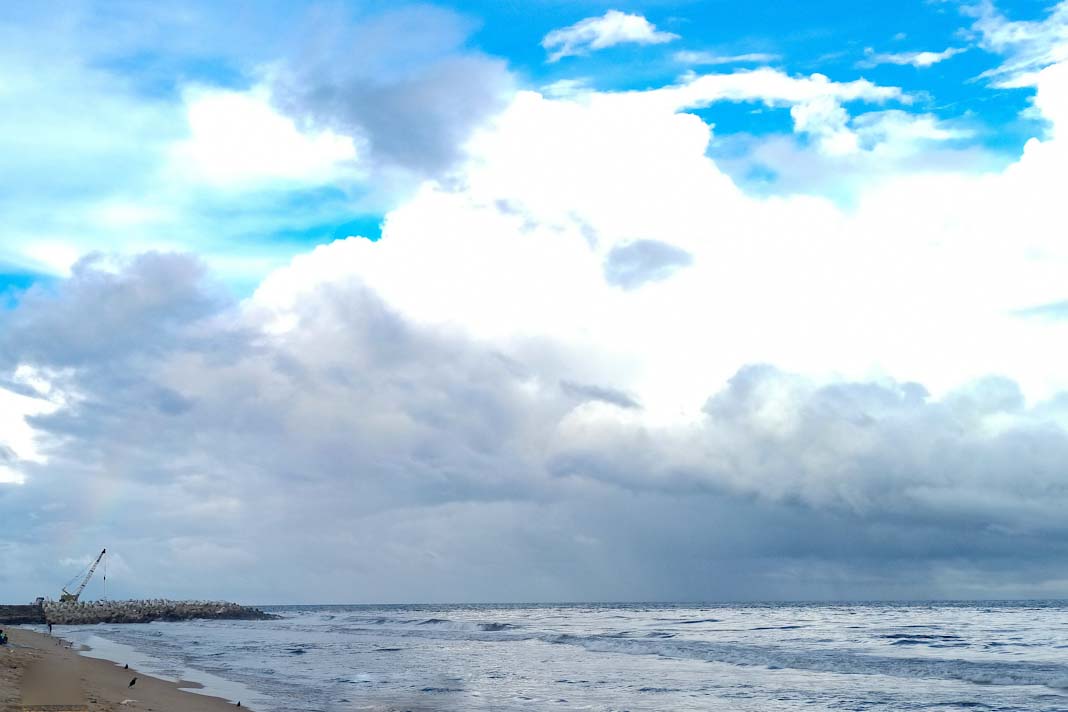- The Mayflower Autonomous Ship (MAS), a groundbreaking project launched in 2015 by Plymouth University, MSubs, and Shuttleworth Design, is the world’s first fully autonomous, AI-powered unmanned research ship.
- Weighing 4,535kg and spanning 15m in length, MAS employs cutting-edge technology for meteorological, oceanographic, and climate-related research tasks.
Project Inception and Partners
Launched in 2015, MAS is a collaborative effort between Plymouth University, MSubs, and Shuttleworth Design. The project, part of Plymouth University’s “Shape the Future” campaign, garnered initial funding from the university, MSubs, and the ProMare Foundation. IBM joined the consortium in 2019, contributing to the global effort led by ProMare. The ship’s construction took over two years, with a one-year testing period, before its launch in September 2020.
Design and Features
With an overall length of 15m and a weight of 4,535kg, MAS features a trimaran design for enhanced stability and reduced wind resistance. The hull is crafted from glass/aramid/foam composites, while the deck utilizes carbon/Nomex materials. The ship incorporates a two-masted soft sail rig, allowing for various sail combinations based on wind speeds. The autonomous vessel is equipped with dual 20kW electric propulsion motors, powered by lithium-ion phosphate batteries and solar panels, enabling a top speed of 10 knots.
Navigation and Communication Systems
Operating without a human crew, MAS relies on an AI captain powered by MarineAI. Combining IBM technologies such as Visual Insights, Operational Decision Manager, and edge computing, MAS processes data from radar, AIS, GPS, nautical charts, and various onboard sensors. The RS24 radar system, with five times higher resolution, aids in hazard identification. Communication is facilitated by a Thales VesseLINK™ 700 terminal powered by Iridium Certus, ensuring onshore communication and tracking.
Cameras and Sensors
MAS carries three research pods equipped with over 30 sensors, including AI-powered cameras, weather data sensors, and a multi-parameter algae sensor. These pods serve diverse purposes, from sea level mapping to marine animal monitoring. Six AI-powered cameras provide visual input to an IBM computer vision system, identifying potential hazards during the voyage.
Propulsion and Environmental Impact
Featuring dual 20kW electric propulsion motors, MAS prioritizes environmental sustainability, emitting fewer carbon emissions compared to traditional diesel engines. Lithium-ion phosphate batteries and solar panels contribute to the vessel’s power supply. The rig design allows MAS to sail at a top speed of 10 knots, with an electric motoring speed of 12.5 knots.
Applications and Research Partners
MAS is designed for meteorological, oceanographic, and climate-related data gathering, making it a versatile research platform. Research partners include Chelsea Technologies, iXSea, NOAA Research, and several universities, contributing to various scientific endeavors such as sea state assessment, algae monitoring, and advanced satellite communications.
Did you subscribe to our daily Newsletter?
It’s Free! Click here to Subscribe
Source: Ship Technology


















It’s clear that you truly care about your readers and want to make a positive impact on their lives Thank you for all that you do
As a fellow blogger, I can appreciate the time and effort that goes into creating well-crafted posts You are doing an amazing job
Your blog has become a part of my daily routine Your words have a way of brightening up my day and lifting my spirits
Thank you for addressing such an important topic in this post Your words are powerful and have the potential to make a real difference in the world
Just days ago I discovered this awesome website, a standout for fans. The gifted owner keeps visitors riveted with spot-on content. I’m stoked to be a new member of the community and eager to see what interesting content comes next!